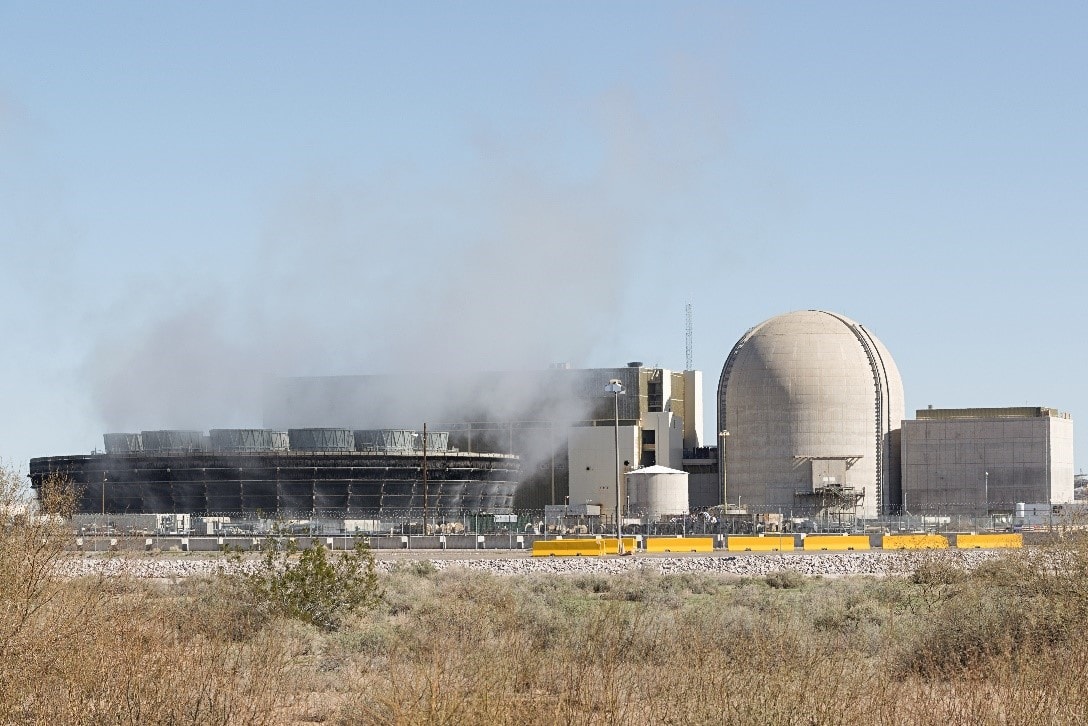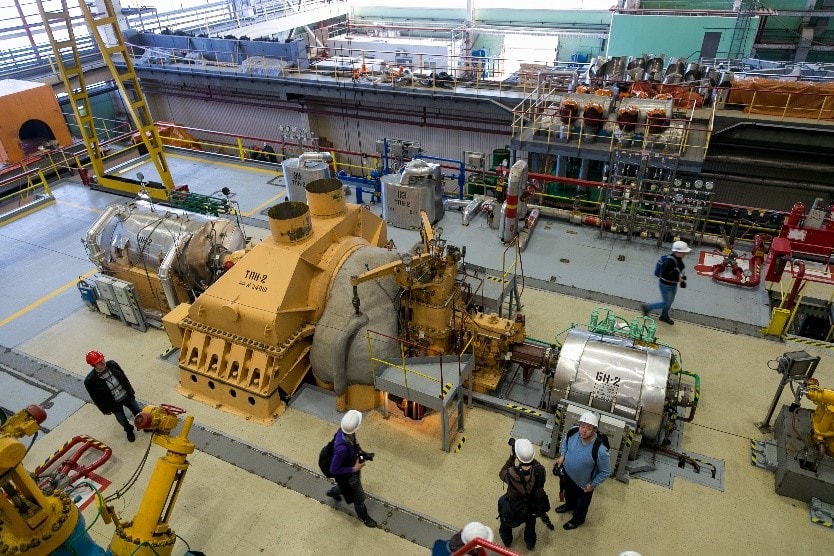Isolator-like hot cells are burning this 2018!

The nuclear energy industry plays an important role in job creation and economic growth, providing both near-term and lasting employment and economic benefits. The nearly 100 reactors in the United States generate substantial domestic economic value in electricity sales and revenue—$40 billion to $50 billion each year—with more than 100,000 workers contributing to that production.
Zero containment is the blueprint of most manufacturing companies for the design and built of cleanroom facilities especially for radioactive material handling and processing. In the production area where every process entails a greater need for shielded facilities with well controlled ventilation, careful planning along with a containment specialist is required. The use of radioactive materials is evolving rampantly, thus, containment solutions must also progress with growing emphasis on the optimization of protection and safety.
The recent developments in the use of radioisotopes created an immense impact on the amendments of most of the international guidelines and regulations currently being complied by the manufacturing facilities and production laboratories. The current Good Manufacturing Practice (cGMP) requires improvements in the construction of isolator-like hot cells and clean rooms with HEPA-filtered ventilation and air conditioning (HVAC) systems. (IAEA, 2014).
Over time, isolator-like hot cells are used for the first extraction cycle of a nuclear reprocessing. This process is considered as a highly active cycle and requires lead shielding. These equipment are arranged in the manufacturing facilities in series or in blocks. Conventional hot cells are usually made of ordinary mild steel covered by good quality epoxy resin paint or stainless steel. Alternatively, since radioisotope production is evolving, shielding with lead, lead glass, or depleted uranium eventually arose.
Adequate shielding is given the first priority with provision for accident conditions. Lead and to a lesser extent steel, are used for smaller equipment while high density concrete are utilized for the manufacture of large isolator-like hot cells. Moreover, possible increase on operations and the complexity of processes should also be considered at the planning stage.

Here in Esco, we offer customization of every equipment including those that are used in the handling of radioisotopes. We have an in-house containment solution specialist and a team of architect and engineers that can help you plan, design, and build the containment facility of your choice.
References:
- Nuclear Energy Institute. Why Nuclear Energy. Retrieved from https://www.nei.org/Issues-Policy/Economics/. Accessed last 12/28/2017





